From spiked German helmets to steampunk-looking body armor, WWI certainly saw its fair share of strange uniform choices. WWI is a fascinating war as it was a meeting point of new and old, with horses charging into machine-gun fire, and pilots in cutting-edge aircraft throwing objects at each other. Similarly, the way soldiers were dressed was more appropriate for this new era of unromantic devastation, but still incorporated principles from the past.
The First World War popularized the trench coat
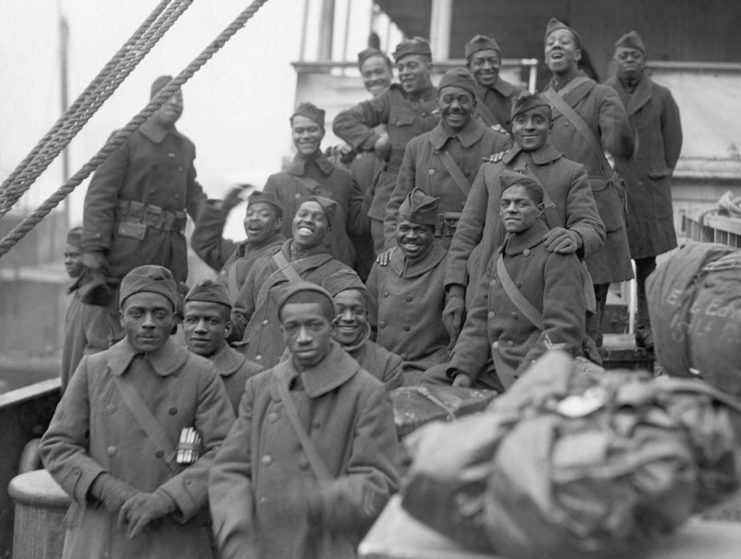
The trench coat was a useful and practical piece of clothing optionally worn by officers during the Great War. It was adapted from the greatcoat, which was found to be too heavy and impractical in the wet conditions of the trenches.
The coats were constructed from a lighter yet water-repellent material to keep officers dry and featured large pockets to store maps and documents. In addition, adjustable wrist straps kept water from running down one’s forearms while using binoculars.
The supply of the more practical trench coat was made possible by civilian tailoring firms.
More than 1 million civilian suits were given to soldiers returning home
When the war ended, the British Army gave almost 1.5 million suits to soldiers returning home. This was because, by law, a soldier was not permitted to wear their uniform for any more than 28 days after they were discharged.
Turbans were a common sight on the western front
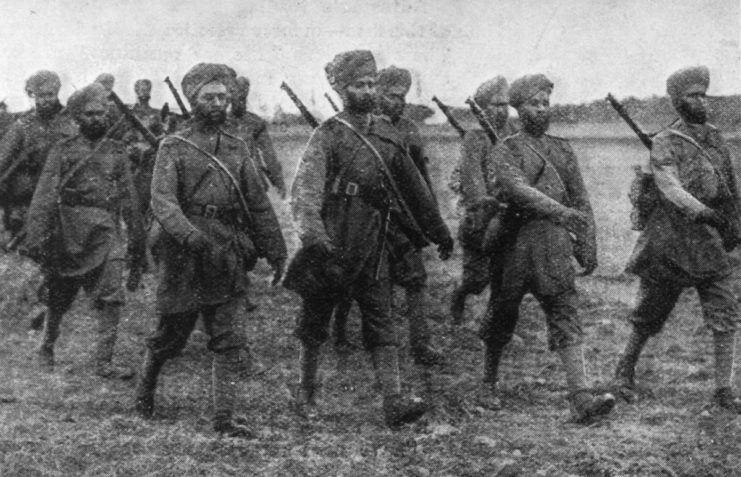
During WWI, Britain’s colonies, namely India, made huge contributions to the war, but this is often overlooked. At the end of 1914, a third of the British Army fighting on the western front was from India with the Indian Expeditionary Force. Sikh soldiers wearing turbans were a common sight during the war, but while this was a proud tradition, it often signaled their “lesser” colonial status among the troops.
Khaki was first used in India
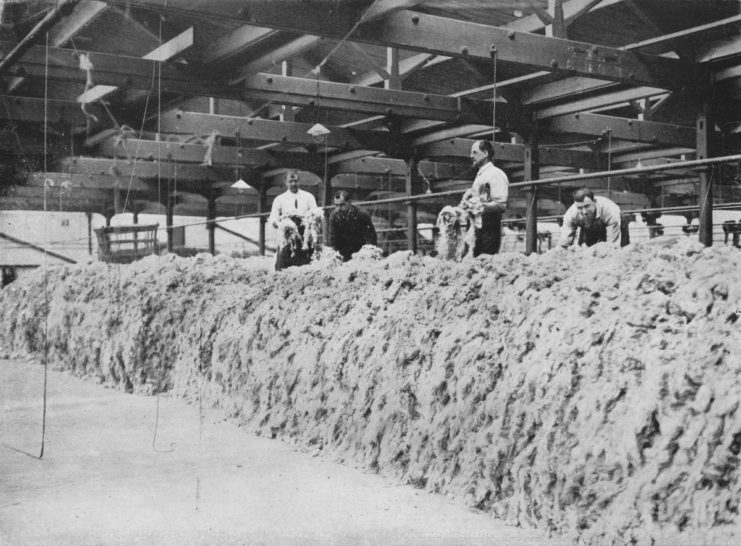
WWI saw a large emphasis on remaining hidden from the enemy, rather than going toe-to-toe with them in brightly colored uniforms. Camouflage and smokeless guns were all used to help troops stay out of sight. But khaki camouflage actually originated in India, when Harry Lumsden took his Corps of Guides down to a riverbank in the late 1840s with a supply of white cloth purchased at the market in Lahore.
The cloth was soaked in mud, which enabled the troops to blend in with the dusty environment.
Britain sourced khaki dyes from Germany
Ironically, the dye used in khaki uniforms was imported from Germany in secret during WWI. Prior to the war, Germany was a leading manufacturer of synthetic dyes, and by 1913 was exporting over 20 times more dye than Britain.
The military had to contract civilian firms to make uniforms
Logistically, Britain was not prepared for a war on the scale of the Great War. In the first few months of the war, the War Office only had enough uniforms to cloth existing servicemen and frontline members of the Territorial Force. The rapid recruitment of a rapidly increasing number of soldiers quickly overloaded the military’s own factories.
This was solved by contracting civilian tailoring firms to produce uniforms on an enormous scale; an arrangement that benefited both the military and suppliers.
An allowance was given to officers who could not afford a uniform
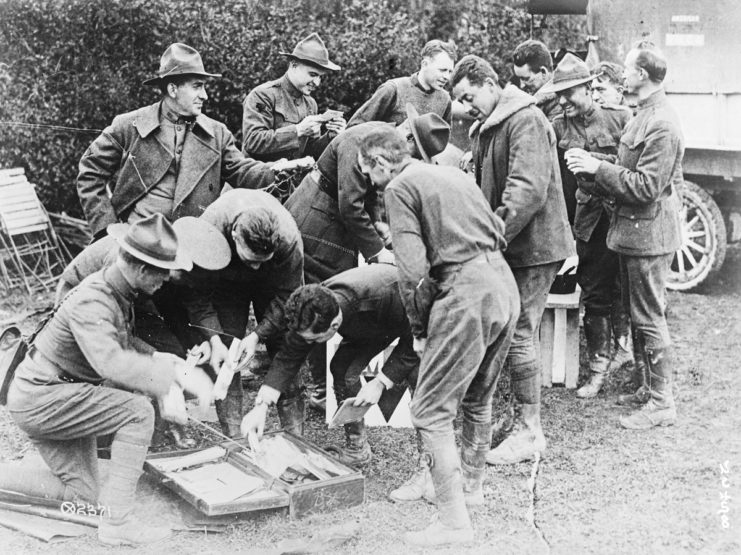
At the start of the war, officers were usually recruited from the upper class and were easily able to pay the expenses of a new uniform. However as the war dragged on, the losses of these upper-class servicemen forced the military to recruit from progressively wider social classes.
Official knitting patterns were introduced to regulate garments sent overseas
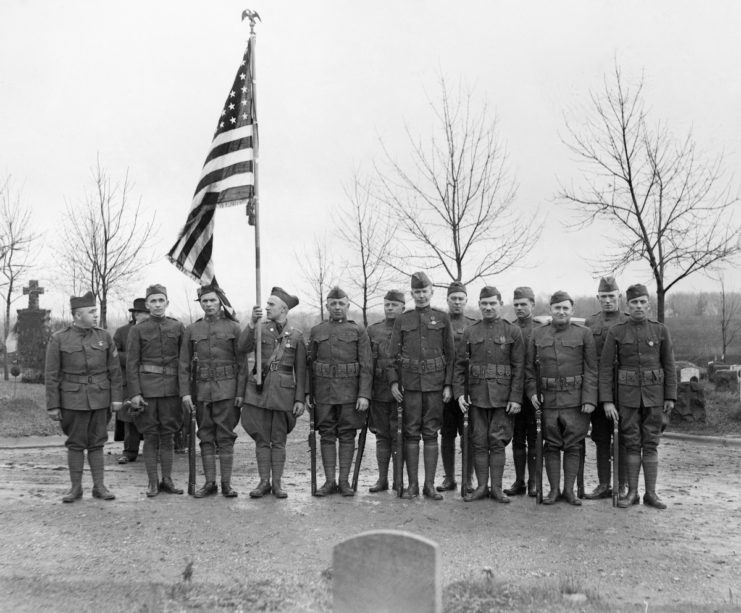
The War Office’s own supply of uniforms was supplemented by civilians, who knitted items of clothing and creature comforts for the men on the frontlines. However, the well-meaning practice quickly started running out of control, with increasingly garish items arriving to the troops.
The government was understandably worried about this, so they introduced official guidelines to be followed by knitters. The variety of garments was reduced by official knitting patterns and the request to only use khaki colors.
‘Kitchener blue’ supplemented khaki
The supply issues caused by Germany’s dominance in the production of khaki dyes forced Britain to turn to some less than ideal options. The War Office began supplying troops with anything they could. 500,000 blue Post Office uniforms and 500,000 greatcoats were used to alleviate the shortage of proper uniforms. In addition, the War Office also ordered a huge amount of clothes from the US.
Conscientious objectors were forced to wear uniforms against their will
After being conscripted into military service, conscientious objectors often refused to don a uniform. As they were regarded as enlisted men they could be punished by law and were commonly subject to violence and humiliation. While conscientious objectors used many different means to stand against the military, some refused to undress for medical examinations while others refused to wear a uniform.
In these cases, it was not uncommon for the conscientious objectors to be pinned down and forcibly checked over or dressed.
